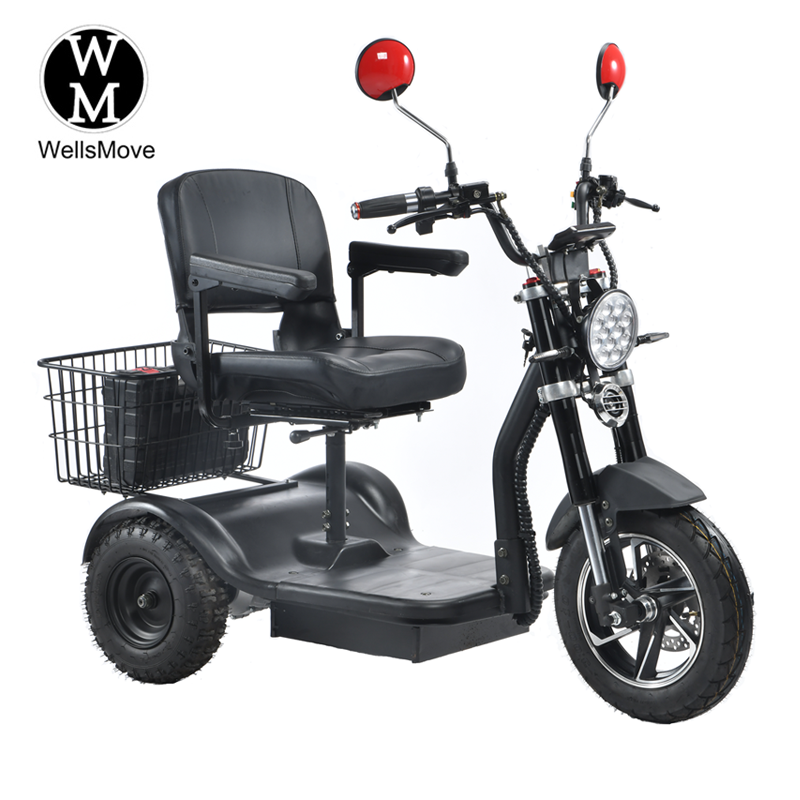For people with disabilities, e-scooters are a game-changer, allowing them to navigate their surroundings independently, freely and comfortably. However, a common question that arises among people receiving disability benefits is whether they can get a mobility scooter through disability benefits. In this blog post, we explore this topic and shed light on potential avenues that people with disabilities can explore to obtain mobility scooters.
1. Understand the needs
Understanding the importance of mobility aids for people with disabilities is critical. These devices, such as electric scooters, provide additional mobility, allowing people to move independently, improving their overall quality of life. With electric scooters, people can carry out everyday activities, run errands, attend social gatherings, and experience a sense of normalcy that might otherwise be restricted.
2. Disability Benefits Program
Many countries have disability benefit schemes to provide financial support to persons with disabilities. These programs are designed to help with different needs, including mobility aids. To determine if you can get a mobility scooter through these programs, be sure to consult the specific guidelines and standards set by your country’s disability benefit program.
3. Documentation and Medical Evaluation
To claim a mobility scooter through disability benefits, individuals typically need to provide the proper documentation. This may include a medical report or assessment that clearly establishes the nature and extent of the individual’s disability. It is crucial to work closely with doctors, therapists and other medical professionals who can provide the necessary documentation to effectively support your claim.
4. SSI and SSDI programs in the United States
In the United States, the Social Security Administration operates two main disability programs called Supplemental Security Income (SSI) and Social Security Disability Insurance (SSDI). SSI focuses on individuals with limited resources and income, while SSDI provides benefits to disabled people who continue to work and contribute to the Social Security system. Both programs offer potential pathways for individuals to obtain a mobility scooter, subject to eligibility requirements.
5. Medicaid and Medicare options
In addition to SSI and SSDI, Medicaid and Medicare are two well-known health care programs in the United States that can help with mobility scooters. Medicaid is a joint federal and state program that focuses on individuals and families with limited resources, while Medicare primarily serves individuals 65 and older or individuals with specific disabilities. These programs may cover some or all of the costs associated with mobility scooters.
In conclusion, individuals receiving disability benefits may have several options for obtaining a mobility scooter. Knowing the specific guidelines and standards established by disability benefit programs, as well as seeking proper medical documentation, can significantly increase the likelihood of obtaining a mobility scooter while disabled. Exploring programs such as SSI, SSDI, Medicaid, and Medicare will provide valuable insight into potential financial aid. Through the use of mobility scooters, individuals can increase their independence and improve their overall quality of life.
Post time: Aug-14-2023



